The story of Zagato Milano
The 1910s: Aeronautics Ugo Zagato was born in Gavello, near Rovigo, on June 25, 1890. He began his coachbuilding career in 1919 when he…
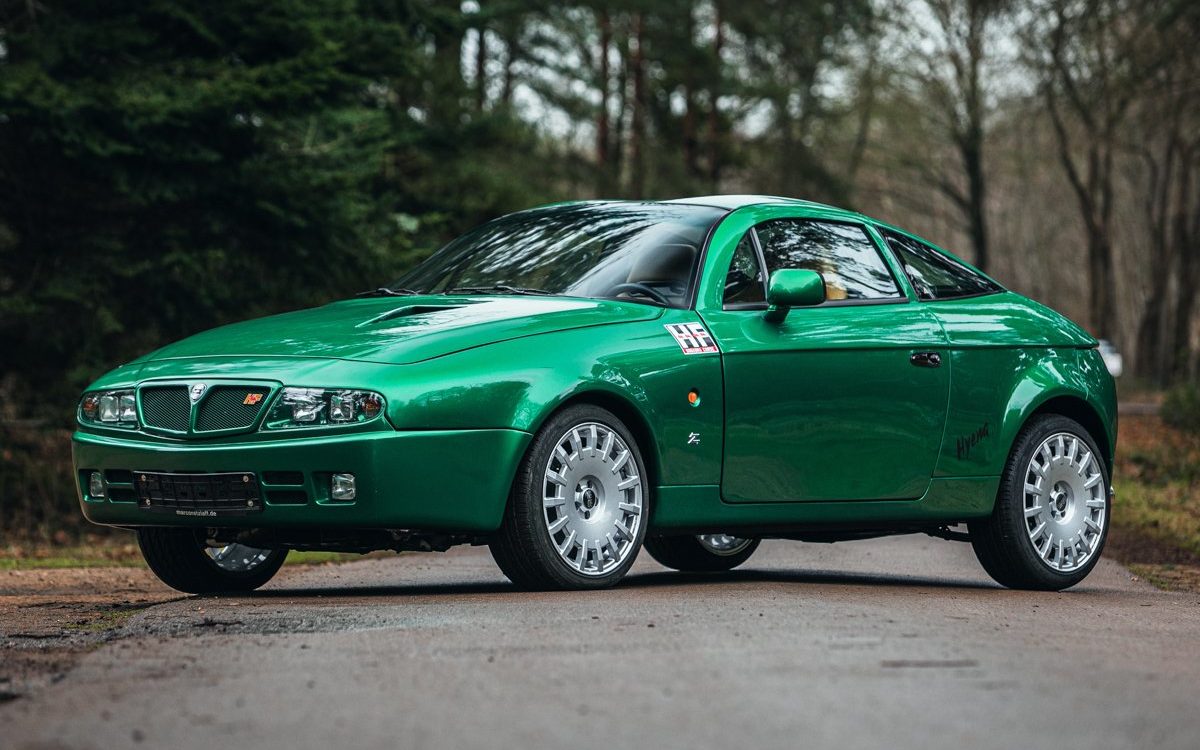
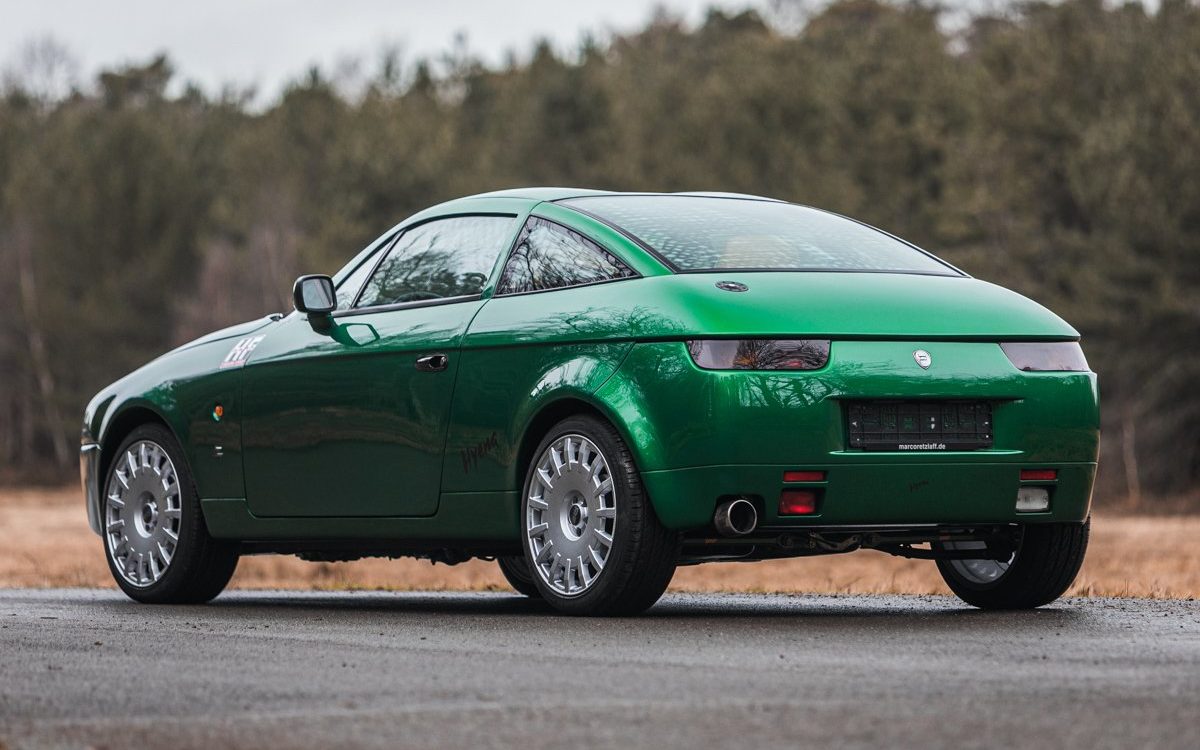
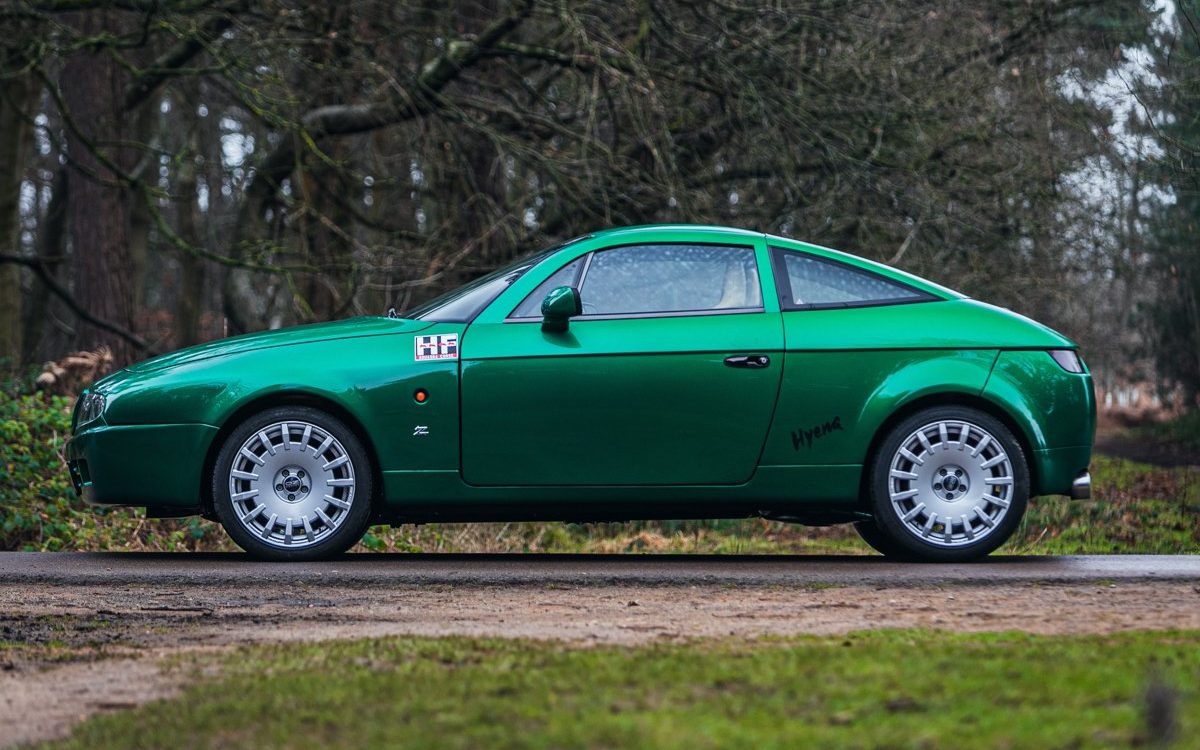
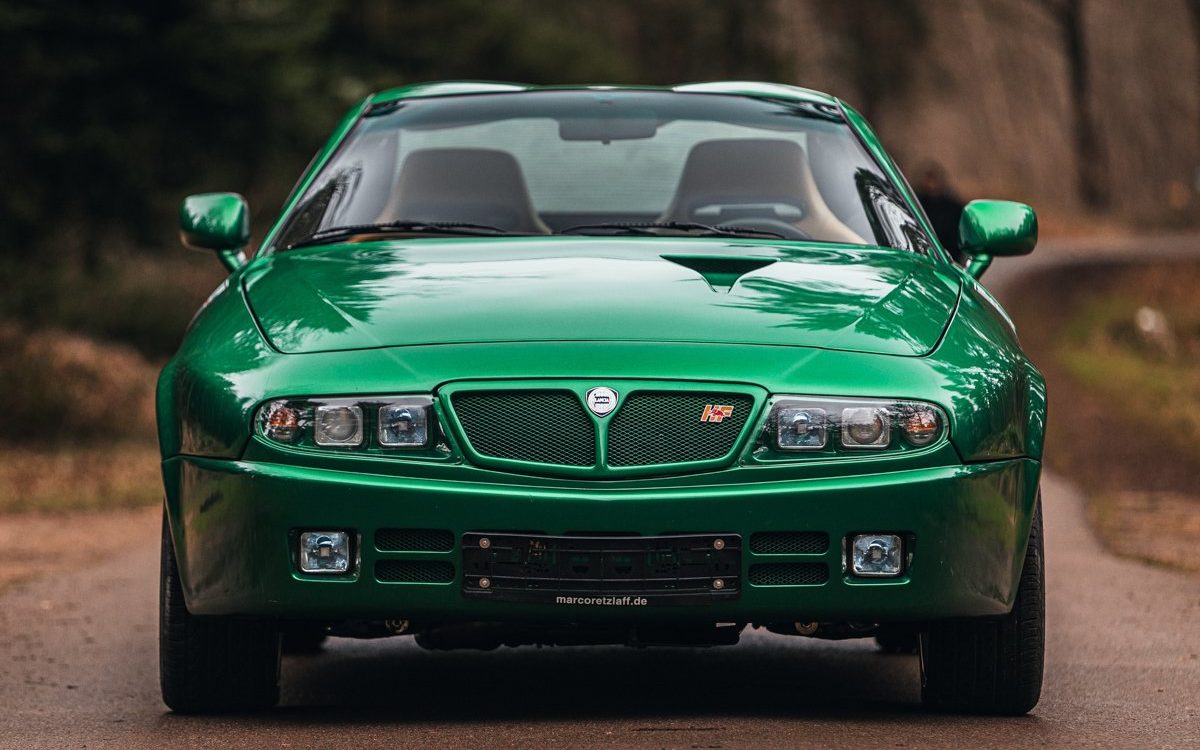
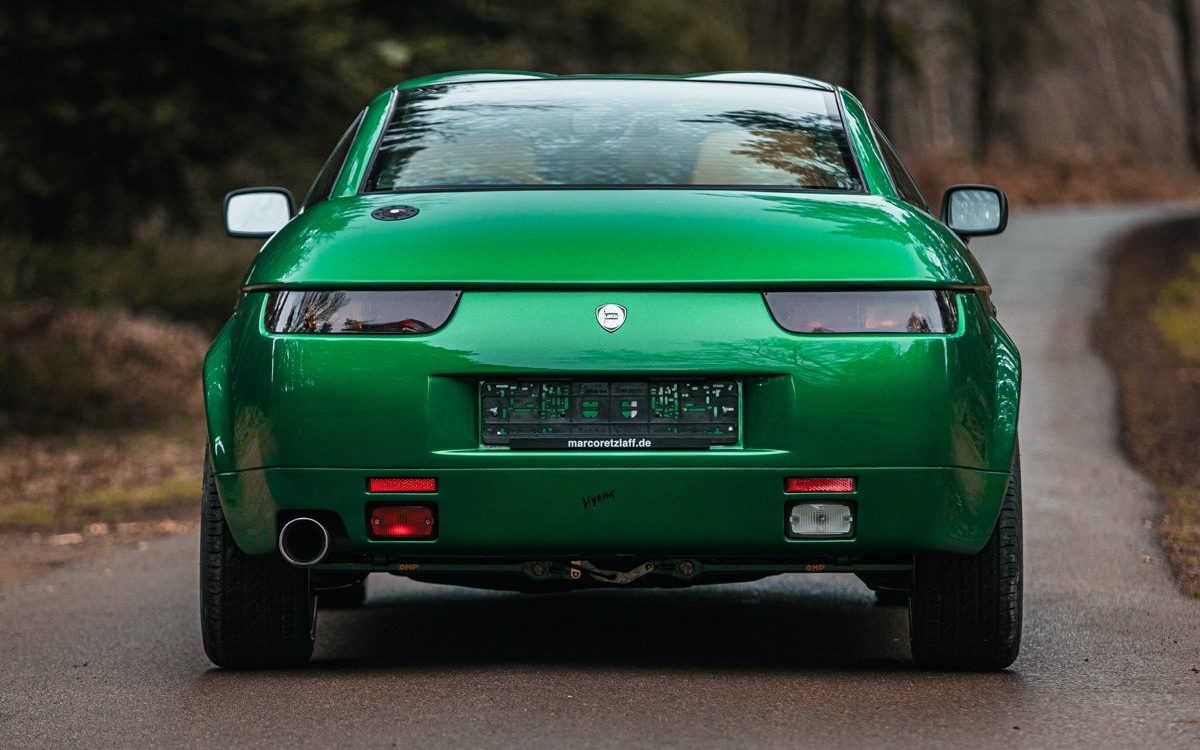
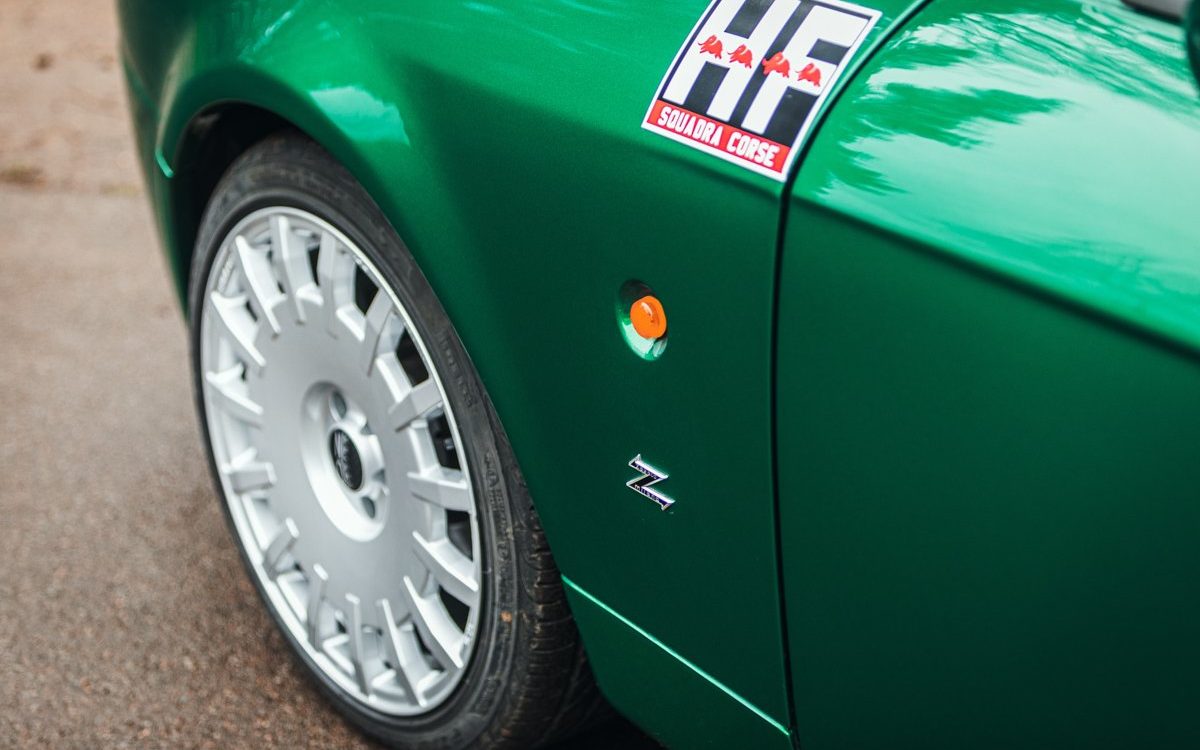
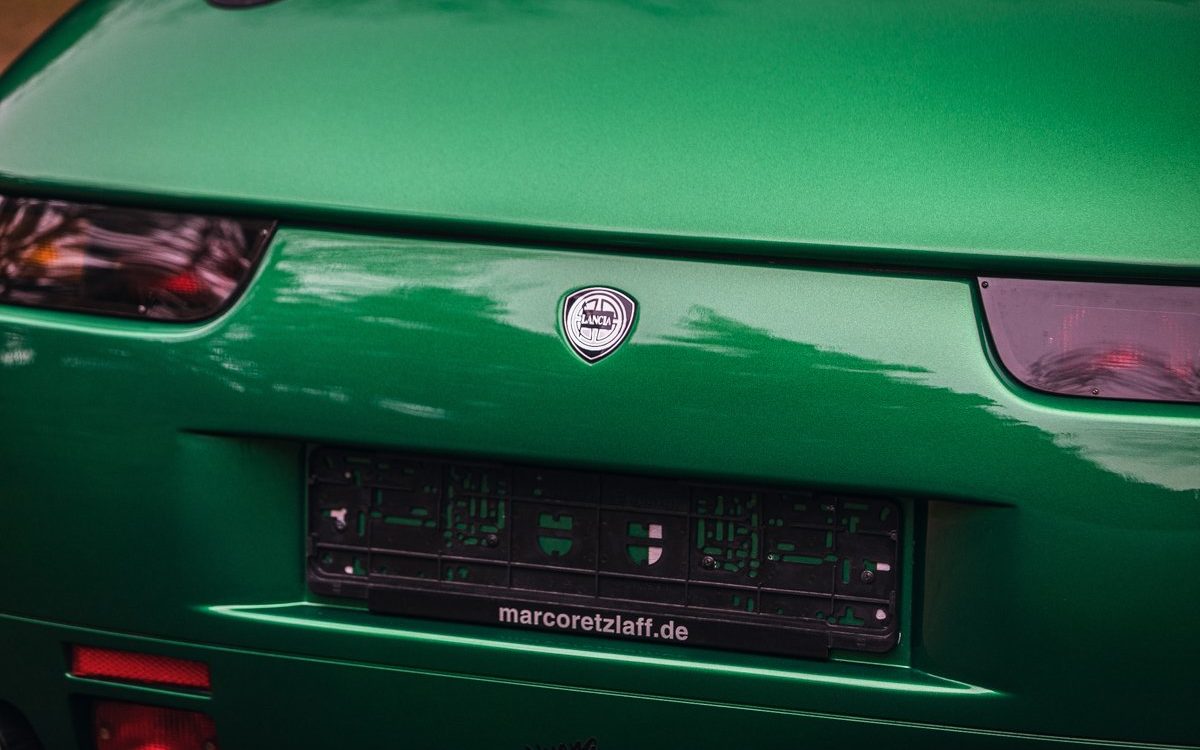
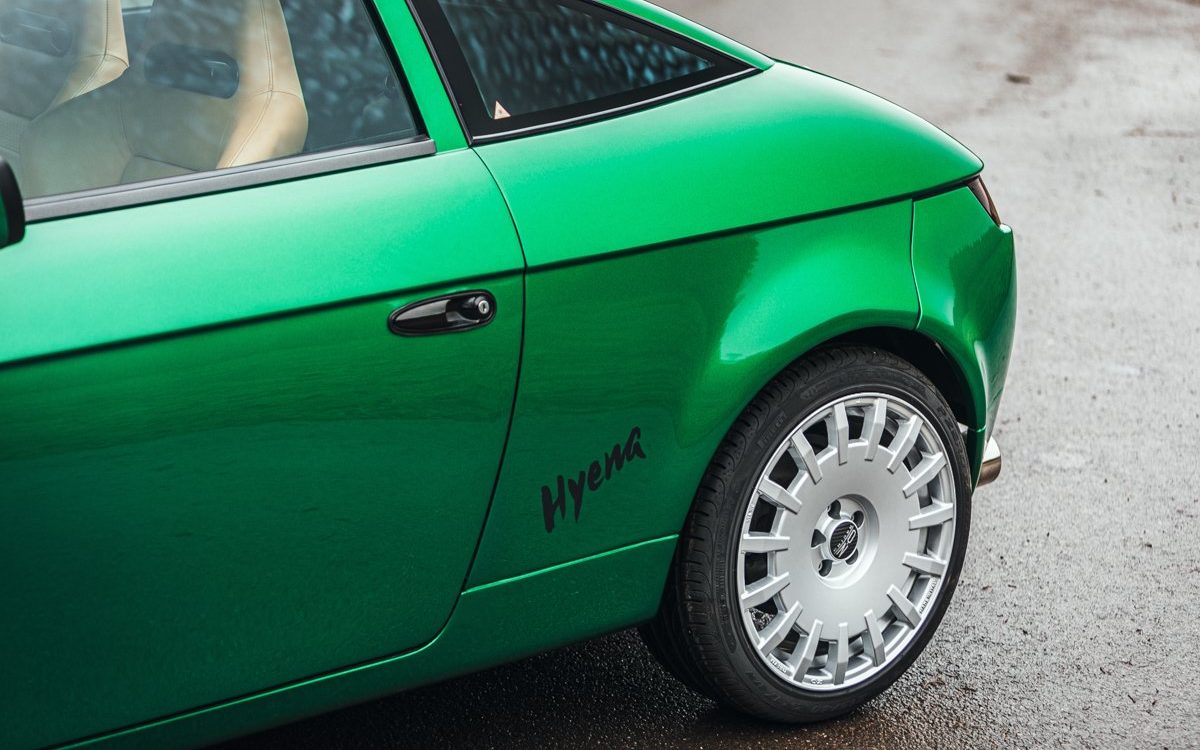
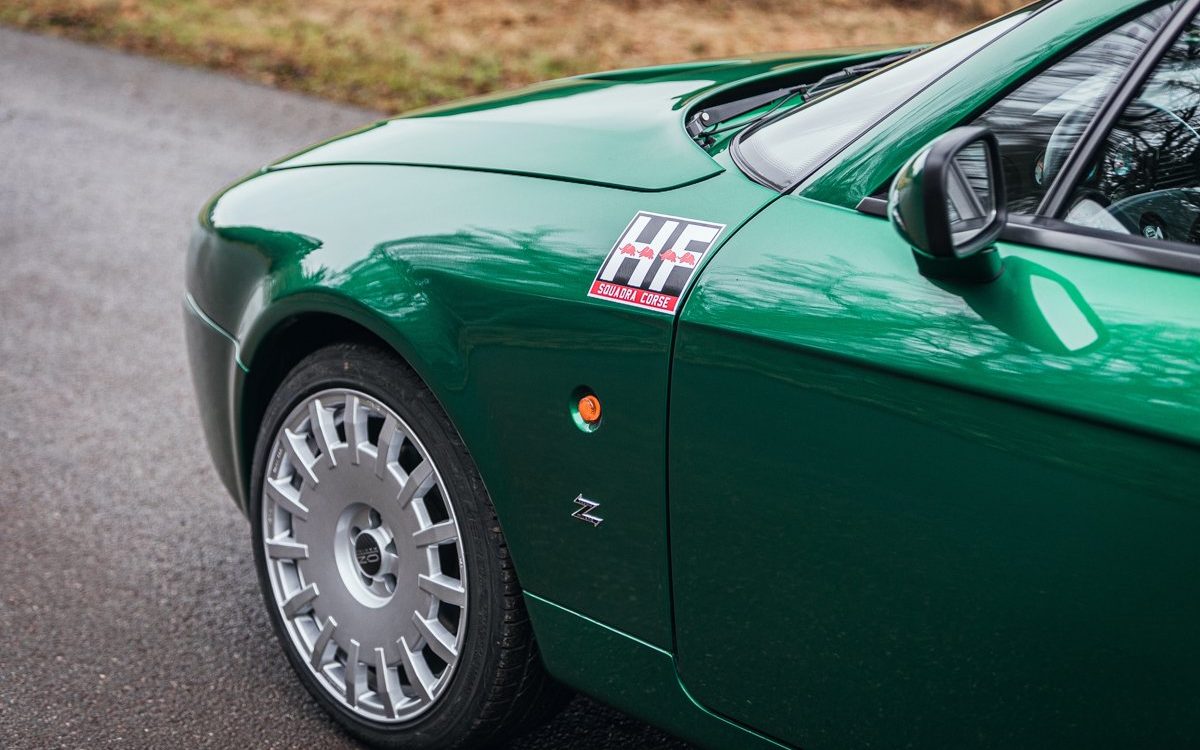
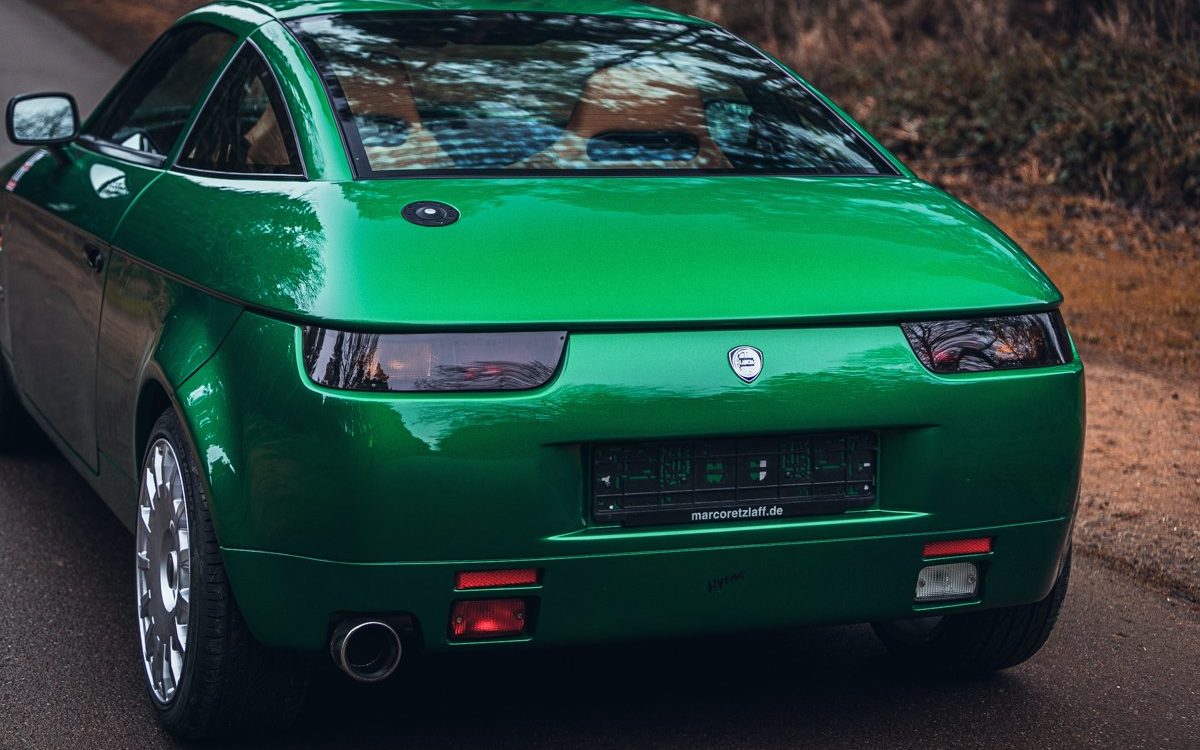
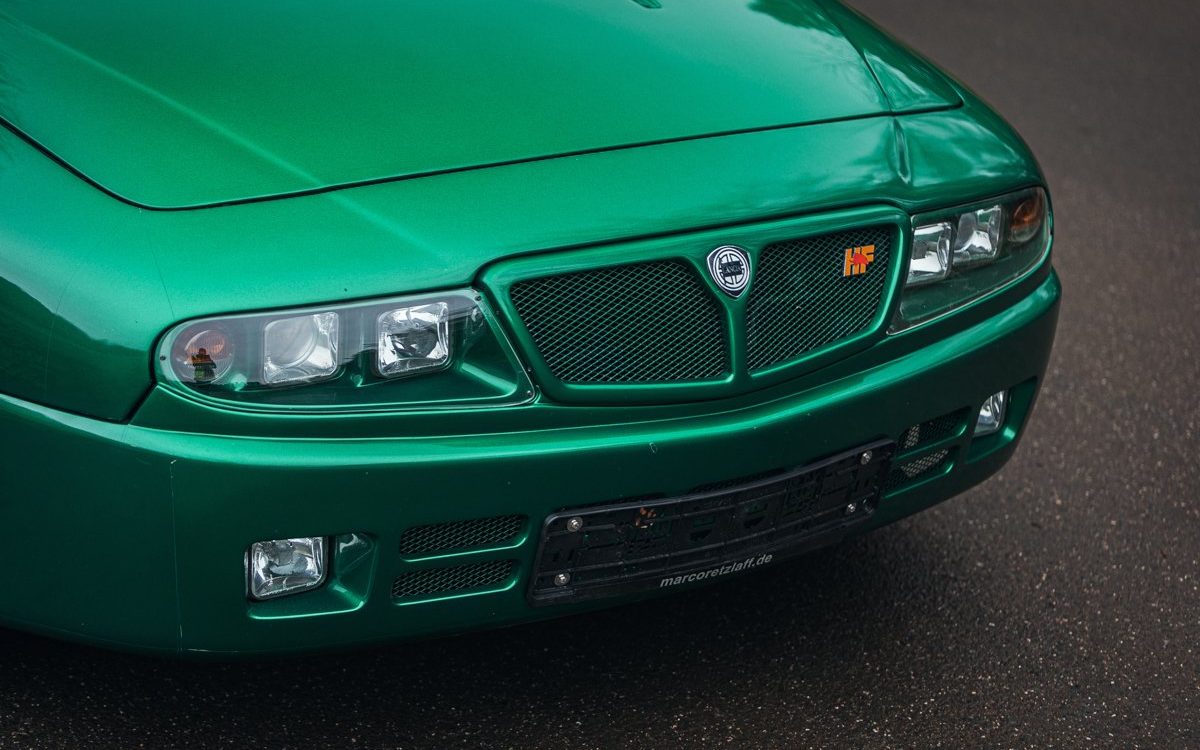
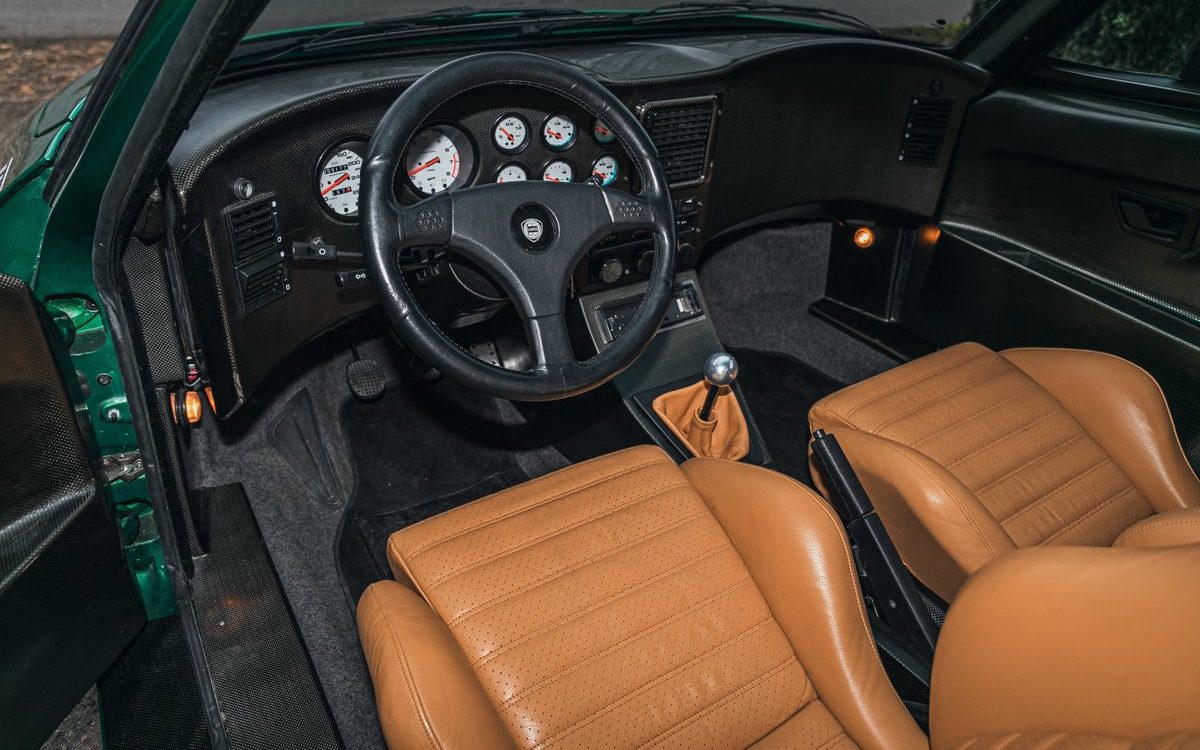
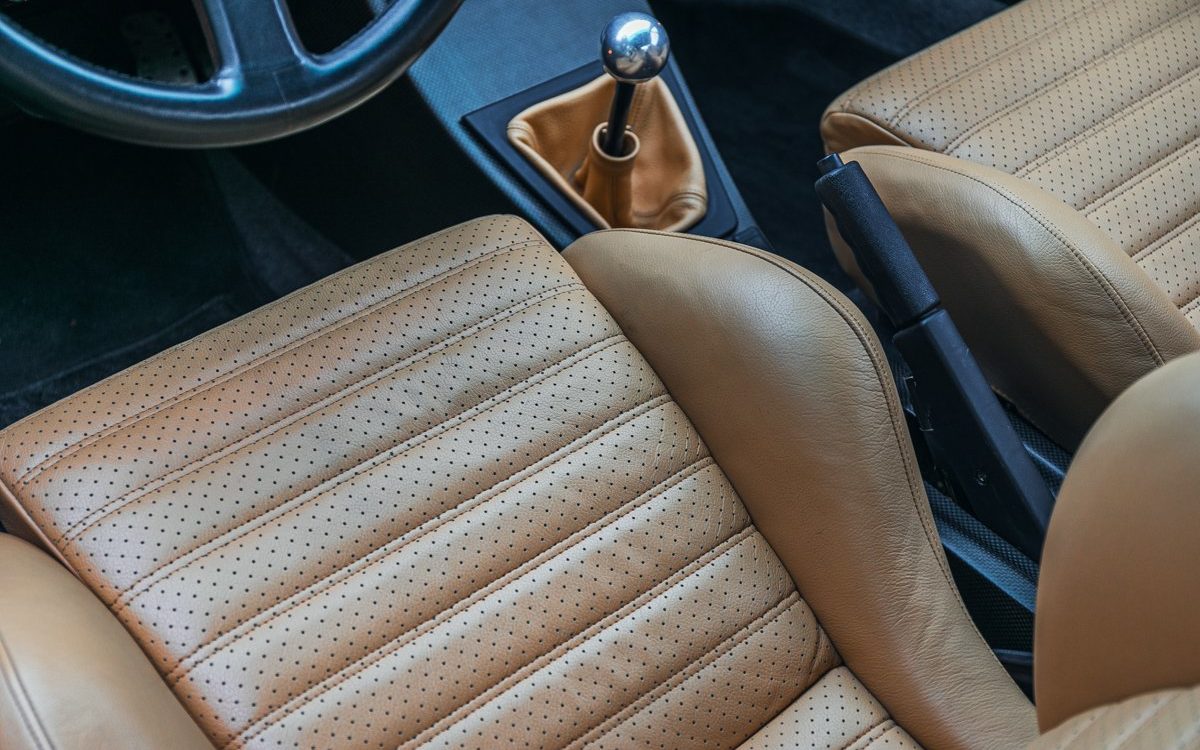
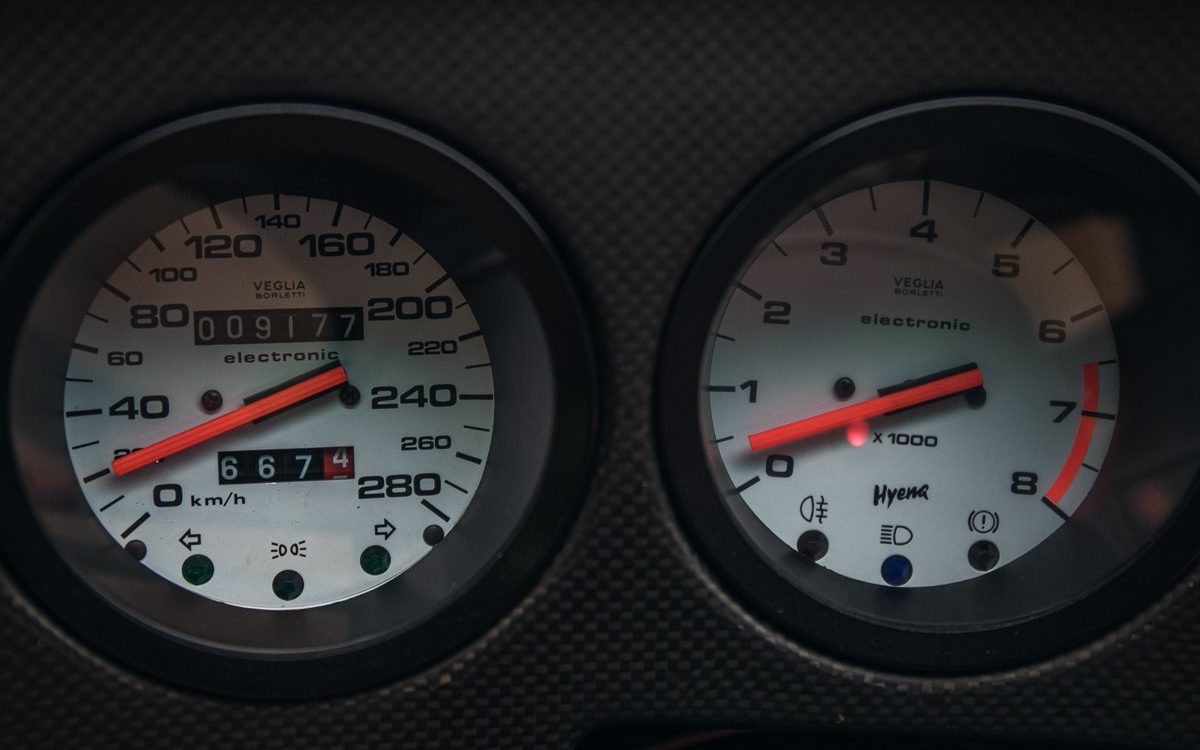
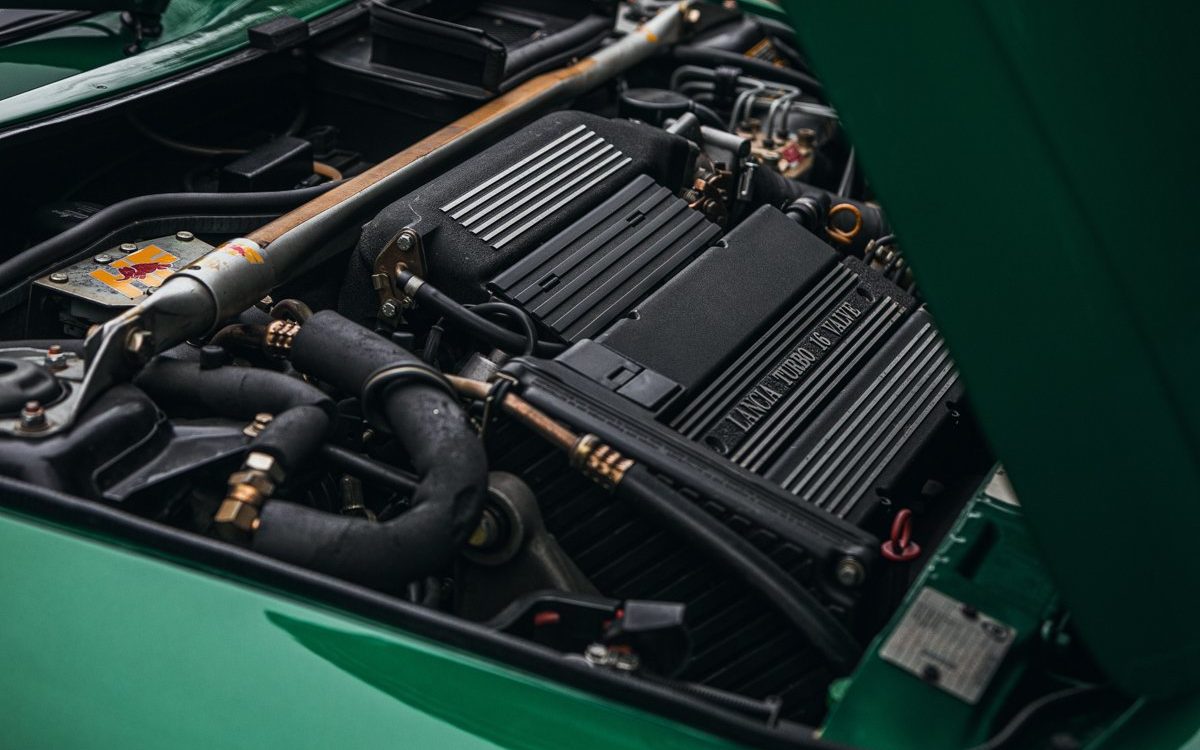















The Lancia Hyena by Zagato Milano.
The Lancia Hyena by Zagato. A limited series of cars was planned, but when Lancia’s owners FIAT refused to supply bare chassis, Zagato had no choice but to privately purchase fully finished Delta Integrales from Lancia dealers and modify them, greatly increasing production costs. Zagato’s collaborator in this project was Paul V J Koot, proprietor of Netherlands-based British and Italian sports car specialists, Lusso Service. The genesis of the Lancia Hyena was long and laborious. It all began in the early 1990s when Paul Koot, a distributor of cars in the Netherlands, proposed to Lancia that they produce a small coupé in a limited series on the chassis of the Delta HF Integrale. After the Turin-based manufacturer’s top management rejected the proposal, which they considered economically counterproductive, Koot turned to Milan-based coachbuilder Zagato, which specializes in collector sports cars and has good contacts with the Fiat Group, Lancia’s owner. Zagato immediately started with the project. The small Lancia Hyena Zagato coupe was designed in 1990 by Marco Pedracini of Centro Stile Zagato, with the idea of offering 500 examples of a car with a different design philosophy than traditional sports cars, using the all-wheel drive mechanics of the Delta but with a shortened wheelbase, reduced weight and extremely light composite materials for both the body and the cabin, so that even sportier performance could be achieved than in the original car. Zagato’s new contacts with the Fiat Group, however, were also unsuccessful: from Turin they were also disinclined to supply major components such as chassis, engine and transmission for the production of the Hyena, so Zagato had to proceed independently, buying Delta HF Integrale cars on the market as donor cars to be modified for the purpose. The only permission granted by the Turin group was the use of the Lancia trademark. The first prototype of the Hyena was unveiled in 1992 at the Brussels motor show, and a limited-run production run of 75 examples assembled and sold by Zagato itself was later made official; this was because, due to the extremely complicated and expensive production process, it proved impossible to produce the initially estimated 500 examples. Of the 75 planned, however, only 25 examples were actually produced. Stylistically, the car recalls the design of Lancia sports cars designed by Zagato in the past, such as the Fulvia Sport and the various Appia Zagato; characteristic of the Lancia Hyena is the sleek and muscular bodywork, which distances itself from the original Delta HF Integrale. The front end is dominated by the classic Lancia grille, which has no chrome, but is the same color as the bodywork to enhance the sporty nature of the car; in addition, the “HF” logo characteristic of sporty Lancias is here housed on the right side of the grille. The extremely closely spaced headlights recall the style of the old cars produced by the Turin-based manufacturer. Also on the hood is an air intake on the right side to improve ventilation of the 2.0-liter supercharged engine. On the side is the Zagato trademark (the classic letter “Z”) as well as the “Hyena” logo applied in the lower part, next to the rear wheels. The rear window is steeply raked, and the fuel cap has been placed on the rear trunk lid. On the other hand, the rear headlights, which are almost rectangular in shape, are inspired by contemporary Alfa Romeo models of the time. The name Hyena was given to the coupe specifically to pay homage to its particularly sleek and sporty body design.
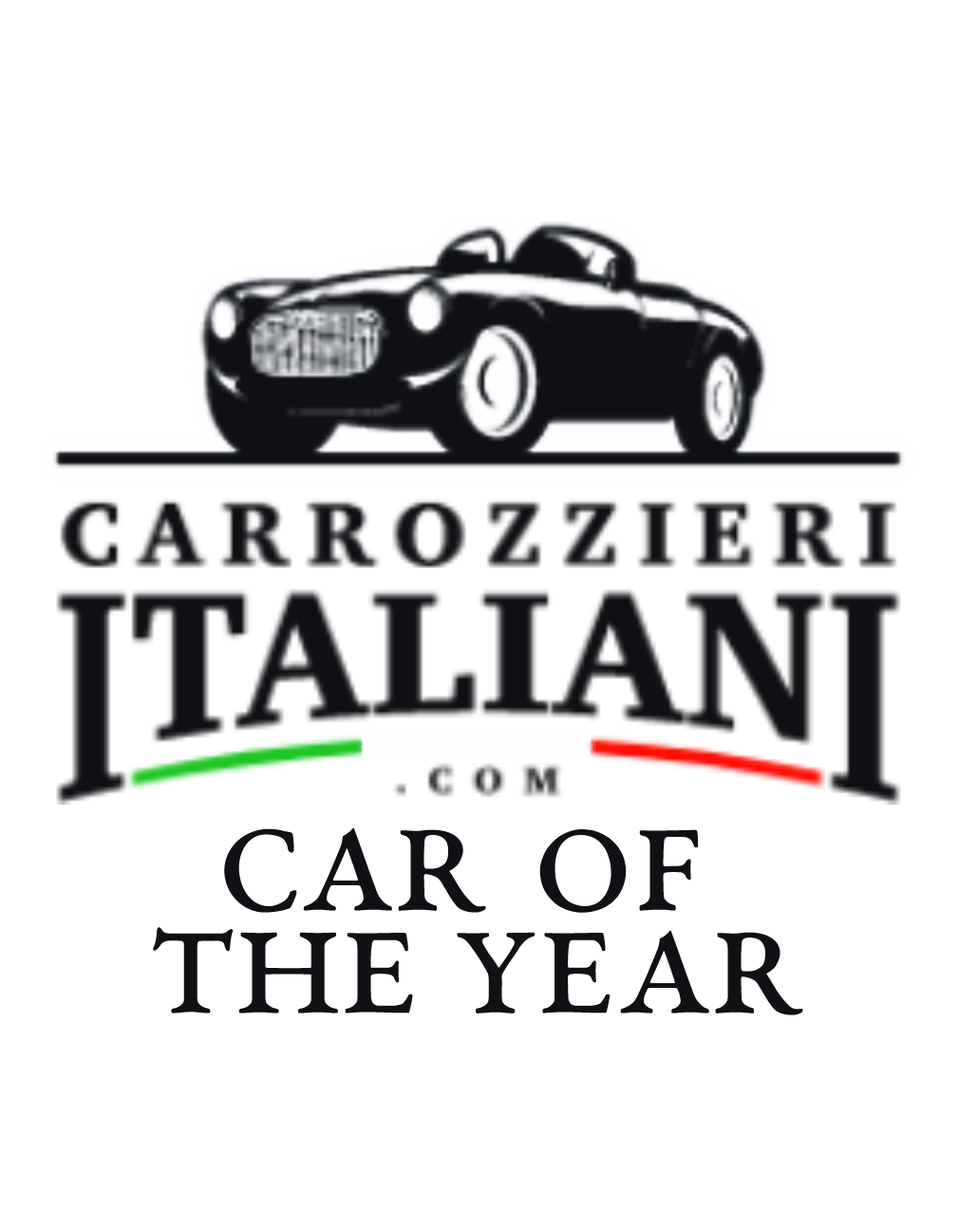
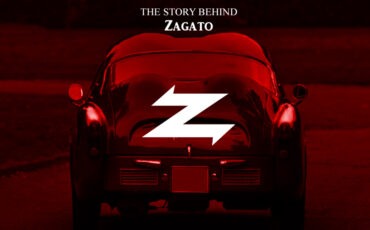
The 1910s: Aeronautics Ugo Zagato was born in Gavello, near Rovigo, on June 25, 1890. He began his coachbuilding career in 1919 when he…
Missing or wrong informations?
Carrozzieri-Italiani.com relies on thousend of users who help to populate the database. We do not guarantee the accuracy of the informations. Contact us if you want to contribute.
